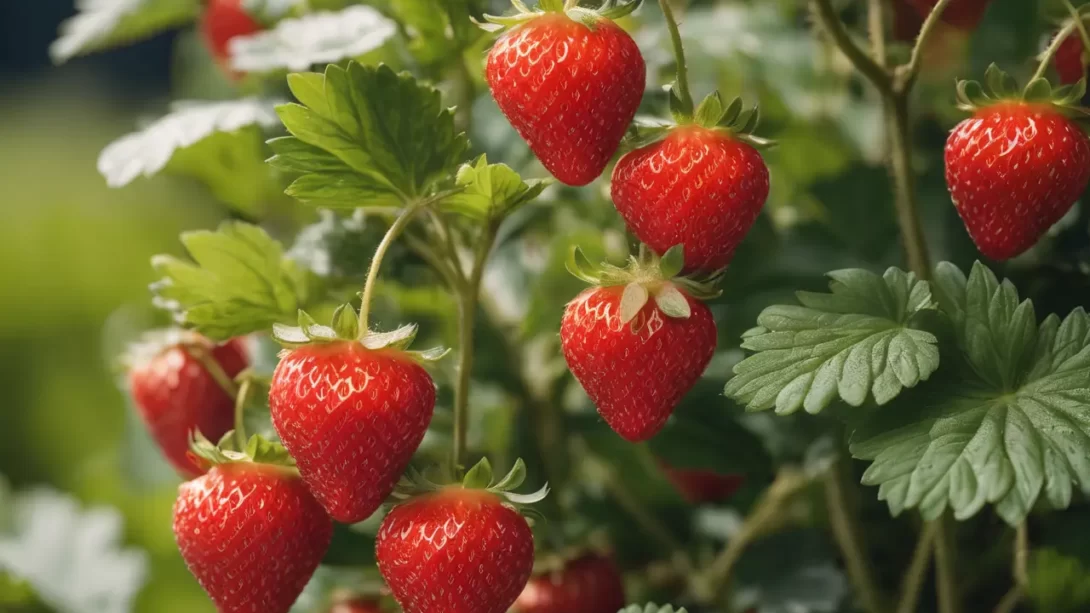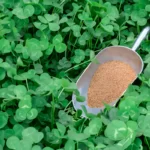Strawberry plants, with their sweet, red fruits, are a delightful addition to any home garden. Known for their versatility and ease of growing, strawberries bring the joy of harvesting fresh, juicy berries right to your doorstep. However, one common question among gardeners is about the lifespan of strawberry plants. Understanding how long these plants can produce fruit and the factors influencing their longevity is crucial for anyone planning to grow strawberries.
Strawberry Plants
Strawberries are perennial plants, with varieties including June-bearing, Everbearing, and Day-neutral. June-bearing strawberries produce a single, large crop per year, typically in late spring or early summer. Everbearing varieties have two to three harvests, offering fruits in late spring, summer, and early fall. Day-neutral plants can produce strawberries throughout the growing season. These plants thrive in well-drained, slightly acidic soil and require full sun exposure to yield the best fruits.
Typical Lifespan of Strawberry Plants
Strawberry plants generally have a productive lifespan of about three to five years. However, this can vary significantly based on the variety, growing conditions, and how well they are cared for. In the first year, plants usually focus on growth and may produce limited fruits. The peak production often occurs in the second and third years, after which the quantity and quality of fruit may start to decline. While plants might continue to live and produce some berries beyond this period, their productivity and health generally decrease with age.
Factors Influencing Lifespan
Several factors can significantly impact the lifespan and productivity of strawberry plants. Climate plays a crucial role; strawberries prefer moderate temperatures and can be adversely affected by extreme heat or cold. Proper winterizing techniques in colder regions can protect plants and extend their lifespan.
Soil quality is equally important. Strawberries thrive in well-drained, fertile soil with a slightly acidic pH. Poor soil conditions can stress the plants, leading to reduced vigor and susceptibility to diseases. Regular soil testing and amendments can help maintain optimal growing conditions.
Care practices, including watering, fertilization, and pruning, also influence the longevity of strawberry plants. Consistent, even watering without over-saturating the soil is key. Fertilization should be balanced, as excessive nitrogen can encourage leaf growth at the expense of fruit production. Pruning old leaves, especially after fruiting, can promote healthy new growth.
Pest and disease management is another critical factor. Strawberry plants are susceptible to various pests and diseases, such as spider mites, aphids, and fungal infections like powdery mildew. Regular monitoring and appropriate treatment when issues arise are essential to maintain plant health and extend their productive years.
Yearly Growth Cycle of Strawberry Plants
Understanding the annual growth cycle of strawberry plants is essential for optimal care. In spring, new growth emerges, and flowering begins, leading to fruit production. After the main harvest, the plants enter a maintenance phase, where they develop new leaves and store energy for the next season. In fall and winter, strawberry plants go dormant, especially in colder climates. This dormancy is a crucial phase for energy conservation and future production.
During the dormant period, gardeners can take steps to protect the plants from cold and other environmental stressors. Mulching with straw or other organic materials can insulate the plants, while ensuring proper drainage can prevent root rot. This cycle of growth, fruiting, and dormancy is a natural rhythm that, when supported with good gardening practices, can maximize both the health and lifespan of strawberry plants.
Maximizing the Lifespan of Strawberry Plants
To ensure your strawberry plants live a full and fruitful life, proper care is essential. Start by selecting a suitable location with full sun and well-draining soil. Planting strawberries in raised beds or containers can improve drainage and reduce the risk of root rot. Regular watering is important, especially during dry periods, but avoid over-watering as strawberries are susceptible to root diseases in waterlogged soil.
Fertilization is key to maintaining healthy plants. Use a balanced, slow-release fertilizer to provide necessary nutrients without overfeeding, which can lead to excessive leaf growth and fewer fruits. Regularly removing weeds will reduce competition for nutrients and water.
Pruning is also vital for strawberry plant health. After fruiting, trim away old and yellowing leaves to encourage the growth of new, productive leaves. Removing runners, which are the long stems that grow out from the main plant, helps to concentrate the plant’s energy on fruit production rather than producing new plants.
Renewal and Propagation
Over time, strawberry plants will naturally decline in vigor and productivity. To maintain a productive strawberry patch, it’s recommended to renew your strawberry beds every three to five years. This can be done by replacing old plants with new ones or by propagating new plants from runners.
Propagating from runners is a cost-effective way to rejuvenate your strawberry patch. In late summer, select healthy runners and allow them to root in the soil or in pots filled with potting mix. Once they have established a good root system, they can be cut from the mother plant and transplanted.
Conclusion
The lifespan of strawberry plants in a home garden typically ranges from three to five years. Factors such as climate, soil quality, and proper care greatly influence their health and productivity. By understanding these factors and implementing good gardening practices, you can enjoy a bountiful harvest of sweet strawberries for several years. Regularly renewing your strawberry patch through propagation or replacement is key to maintaining a vibrant and fruitful garden. With these tips, gardeners can successfully cultivate these beloved fruits, enjoying the rewards of their labor season after season.



